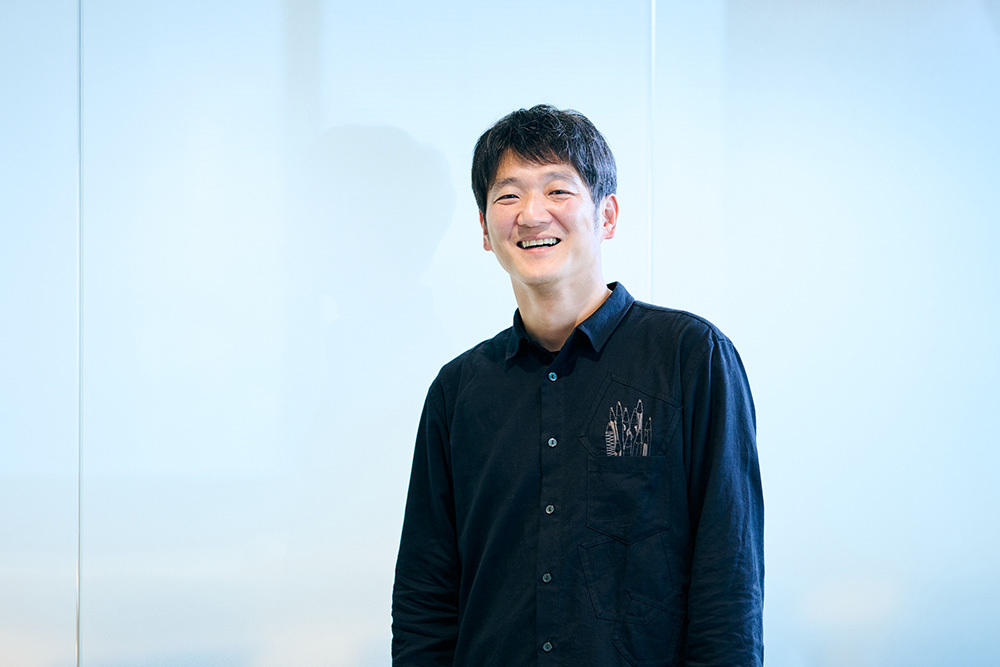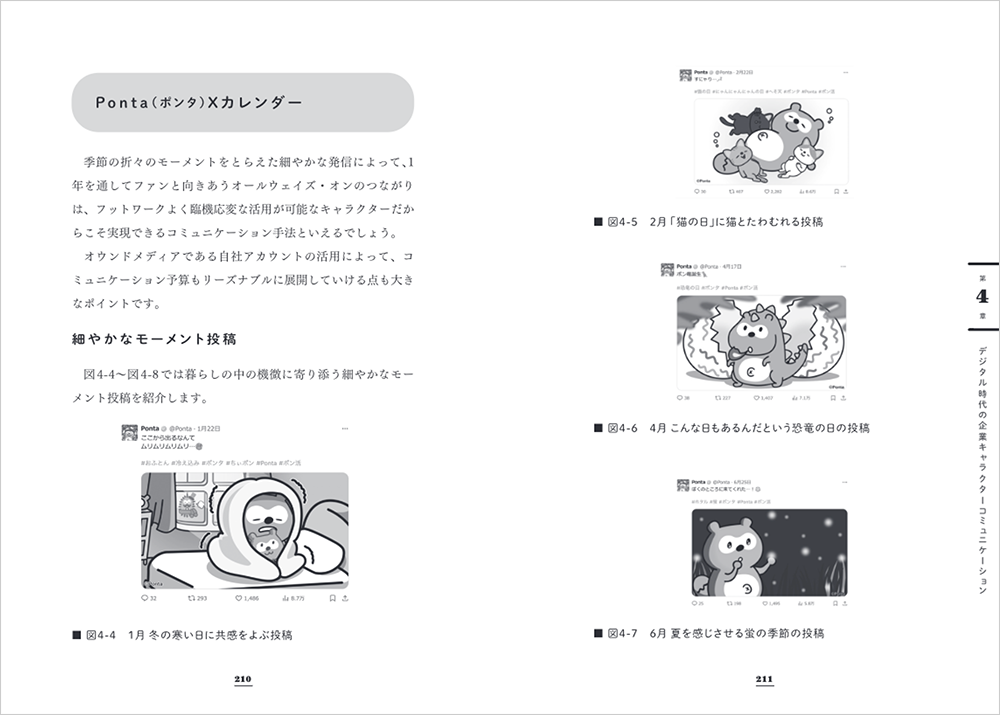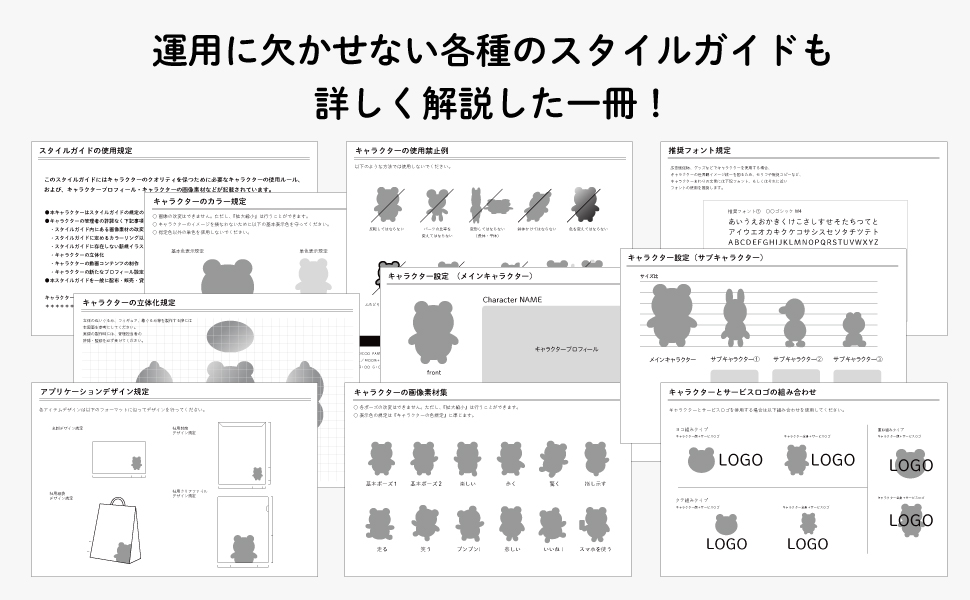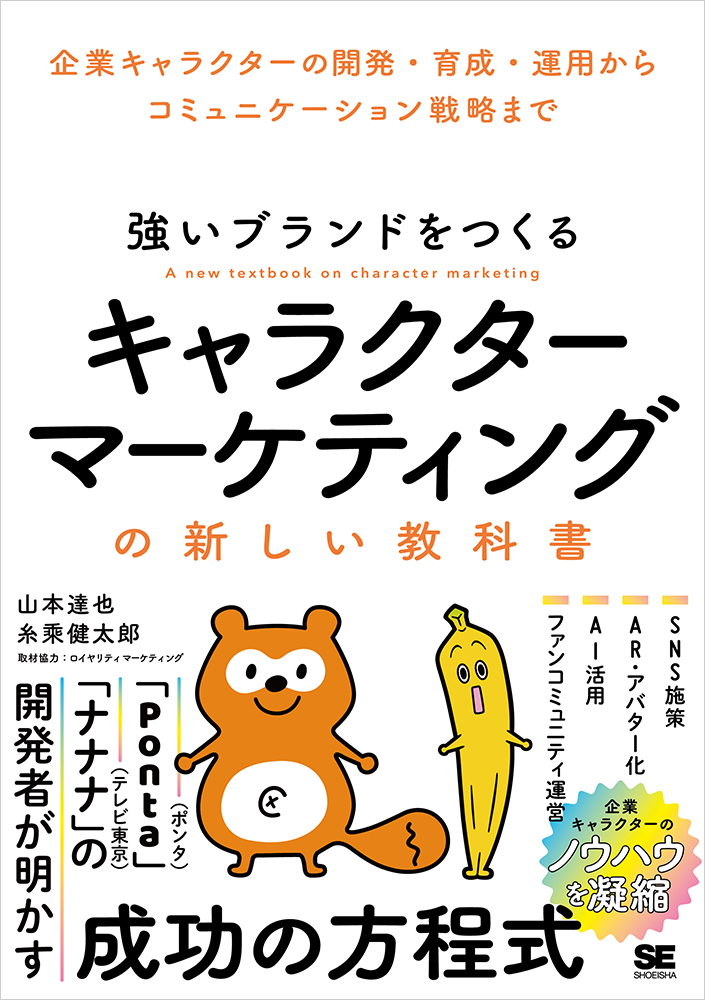How can Dentsu Inc.'s creative team contribute to the ever-evolving field of CX (Customer Experience)? "Monthly CX" is a series where members of Dentsu Inc.'s CX specialist division, the "CXCC" (Customer Experience Creative Center), share insights ( For more on Monthly CX, click here ).
This time, we introduce the book " Building Strong Brands: The New Textbook on Character Marketing " (Shoeisha), released on February 20, 2025.
This book comprehensively covers next-generation character marketing techniques. We spoke with one of the authors, Kentaro Itomori, about the background behind creating the book and the key messages he aims to convey through it.

[Profile of Kentaro Itonori]
Dentsu Inc.
Customer Experience Creative Center, Content Creative Division 3
Art Director
Widely active in communication utilizing characters. In 2021, released the "Character CX Solution," which combines technology with characters to upgrade customer experiences. Continues to explore new ways to utilize characters. Representative developed characters include the common point service Ponta's "Ponta," TV Tokyo's "Nanana," and D-League's "DANCE-K."
A book that represents the culmination of the character domain × CX
Monthly CX: First, could you briefly explain what kind of book "Building Strong Brands: The New Textbook of Character Marketing" is?
Itonori: This book systematically covers character marketing methodologies, from developing corporate characters to nurturing them, designing experiences, and formulating communication strategies. It incorporates concrete know-how alongside real-world examples, including success stories from characters I personally helped develop.
I co-authored it with Creative Director Tatsuya Yamamoto, who has worked alongside me in character marketing.

Introducing Ponta's SNS initiatives with images
Monthly CX: Who is your target audience?
Itonori: We primarily envision readers who handle advertising and marketing within companies, or those in creative or marketing departments at advertising agencies and design firms.
We believe corporate characters serve not only as advertising icons to approach customers, but also as the core of all corporate communication activities, including PR, recruitment, and boosting employee motivation. This is a book we want everyone involved in character marketing to read, including those in sales and back-office roles.
Monthly CX: What prompted you to create this book?
Itonori: The impetus came from my previous involvement in publishing "How to Create CX Creatives" at Dentsu Inc. CXCC. That experience made me realize, "We can create a book based entirely on our own vision." From there, I approached publishers with the idea, "We want to make a book," and the project began. The production period took about two years.
Co-author Yamamoto has also been involved in character marketing for many years. We believed that combining our expertise would allow us to create a comprehensive book covering everything from character creation and expansion to operational strategies incorporating the latest technologies. That's why I was determined to involve Yamamoto in the project. Working together created a great synergy.
Monthly CX: It hasn't been long since the book's release, but have you received any feedback?
Itonori: The publisher told us, "No other book has systematized corporate characters from a business perspective to this extent." Clients whose characters are featured in the book have said, "We're delighted to see our character's history reflected within these pages." Personally, I see this book as the culmination of my work in the "Character Domain × CX" field.
Technology × Character: Creating New Contact Points
Monthly CX: After reading the book, I felt it truly lived up to its title as a "textbook."

Itomori: Thank you. I believe books summarizing the results of how characters spread throughout society have existed before. However, I don't think there has been a book like this one that systematically covers everything from character creation to operation, including examples of AI and the latest technology usage. Focusing specifically on corporate characters is particularly rare. I believe it demonstrates new value in character marketing.
Monthly CX: With such comprehensive coverage, I actually felt a bit hesitant—like, "Is it okay to be told this much?"
Itomori: Personally, I have no reservations about sharing all the know-how. Sometimes people remark, "You don't hold anything back," but sharing outwardly leads to new work opportunities more than keeping things hidden does. Moreover, I believe widely sharing knowledge in the world ultimately increases the seeds for business growth.
Also, having worked in character marketing for many years, I feel there are many characters out there that aren't being used effectively. When creating corporate characters, the focus tends to be on "what kind of character traits to create," but what's crucial is "what concept to create them under and how to operate them." I'd be delighted if this book leads to new ways of utilizing characters that aren't being used effectively.
Monthly CX: Beyond regular PR activities, what are the benefits of utilizing characters for marketing?

Partial excerpt from the diagram on p. 38 of this book
Itomori: Characters naturally have high appeal, but their practicality is also a major benefit—they can convey complex messages in an approachable way. Their flexibility, like collaborating with other companies' characters, is unique to characters. Unlike celebrities, they carry less scandal risk, and if nurtured well, they can serve as enduring brand icons. Of course, nurturing them is challenging.
Monthly CX: While developing beloved characters is demanding, their broader applicability compared to humans is a significant advantage.
Itonori: Exactly. In recent years, methods have changed significantly compared to a decade ago—using AI for automated character conversations or AR to seamlessly integrate characters into social media. Combining technology with characters creates new touchpoints.
It's not uncommon to see characters merely placed on product packaging. But by exploring more innovative applications, I believe we can uncover new target audiences.

Live communication initiatives using the character avatar service "Chara Talker" were also introduced. ※Implemented in October 2021
Monthly CX: Precisely because characters have fewer constraints compared to real people, they allow for flexible experimentation, right?
Itonori: Exactly. Having a character ready makes it easier to take on new challenges when new technologies emerge.
Characters are also effective for building communities on social media, so rather than blindly creating new characters, it's important to value existing ones.
The ways to use characters are limitless.
Monthly CX: What are your thoughts now that you've written and published this book?
Itomori: To be honest, about ten years ago, I felt stuck in a rut with character creation. It had become a kind of patterned process: create a character, make a manual, and hand it over to the client... However, the emergence of new technologies has enabled various combinations, and I truly realized how free the application of characters really is. The possibilities are endless, and now I find it incredibly enjoyable to think about what we can do with characters.
These days, we see idols and influencers characterizing themselves, expanding the scope of application. In a world where information spreads easily not just domestically but internationally, I'm very excited to see what kinds of characters will emerge in the future.
Monthly CX: Finally, could you share a message for readers considering trying character marketing?
Itonori: I'm still surprised myself at how many different directions you can take with characters. I hope this book serves as a first step, inspiring others to achieve even more new things with characters. If you're interested in exploring new character marketing, I'd be delighted if you'd take a look at this book.
[Co-author Tatsuya Yamamoto Profile]
Dentsu Inc.
Creative Planning Division 2
Creative Director
Advocates for the strategic development and utilization of corporate characters rooted in business challenges. As a Creative Director and Copywriter, has been involved in developing numerous corporate characters, rebranding corporate characters, and consulting for companies both domestically and internationally. Representative developed characters include the common point service Ponta's "Ponta" and TV Tokyo's "Nanana".
(Editor's Note)
This time, we spoke with author Kentaro Itonori about his book "Building Strong Brands: The New Textbook on Character Marketing," released on February 20, 2025.
This book systematically covers everything from corporate character development and operation to integrating them with the latest technologies. It should be a valuable resource for anyone wanting to create something new using characters. The interview left us feeling strongly about the potential of characters.
If you have requests for future case studies or themes, please send a message to the Monthly CX editorial department via the contact page below. Thank you for your continued readership.

Monthly CX Editorial Department
Dentsu Inc. CXCC: Kibata, Koike, Ohtani, Okumura, Kosugi, Yi, Saito, Oda, Takakusagi, Kanasaka















